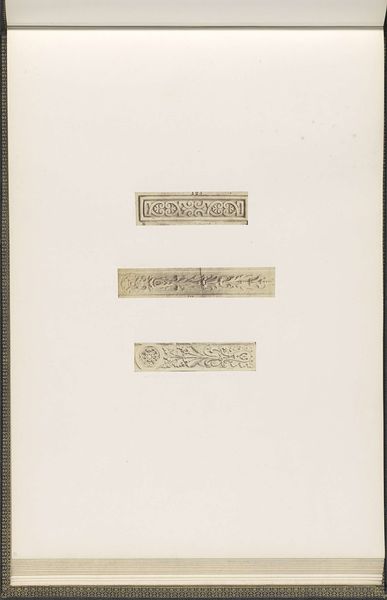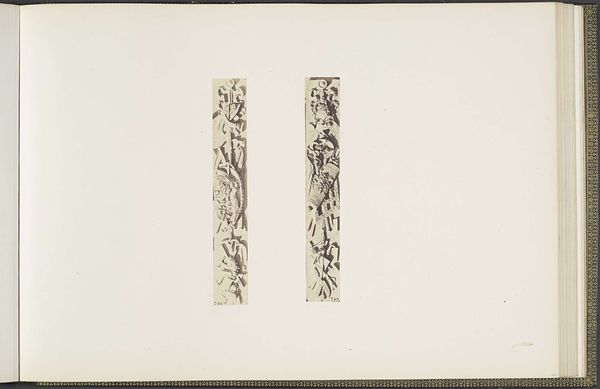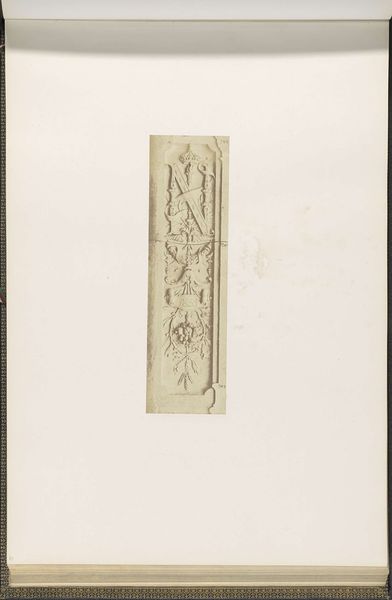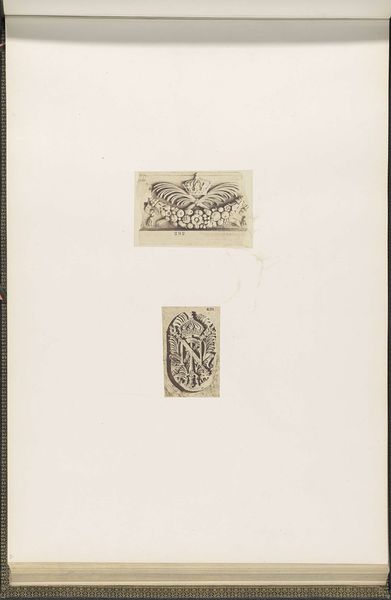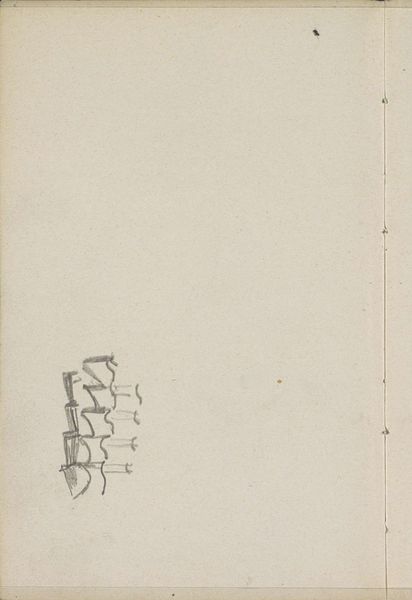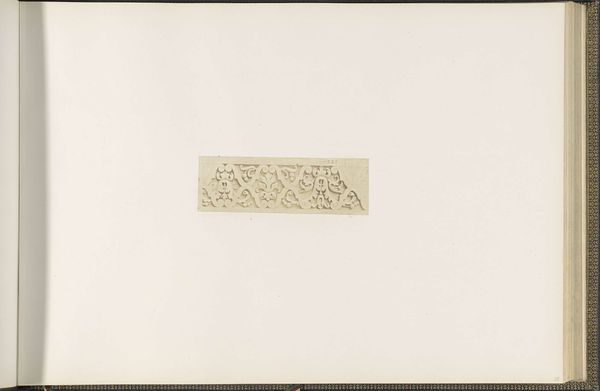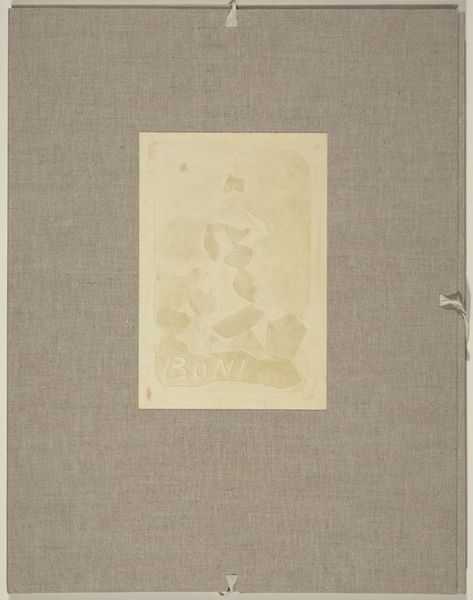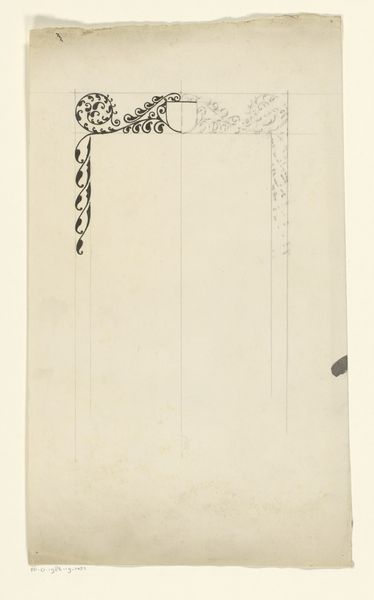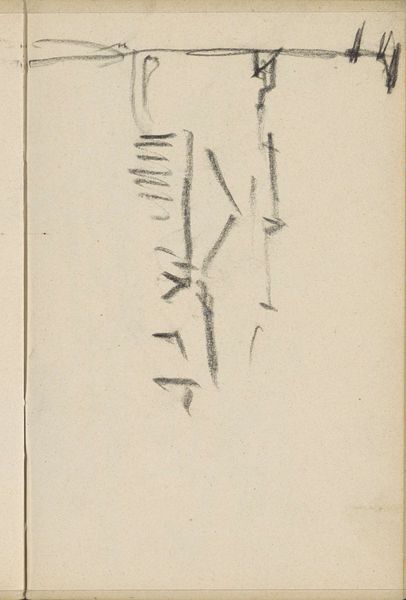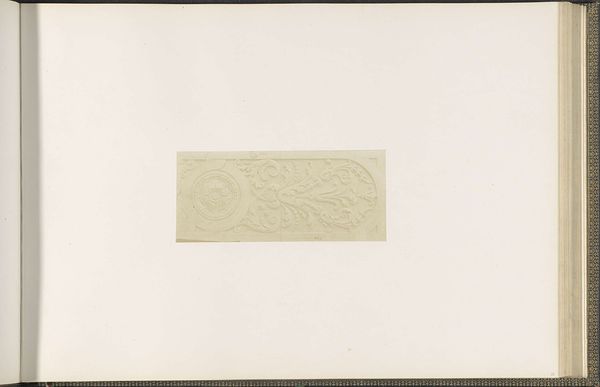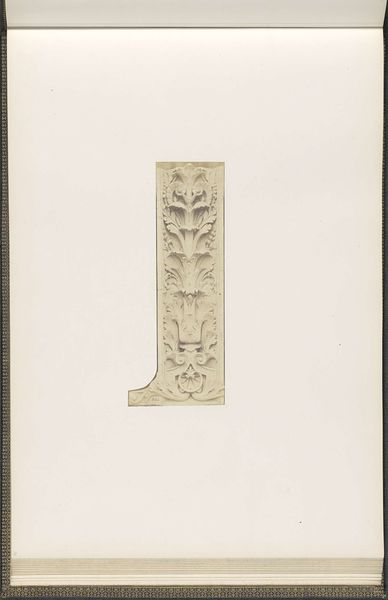
drawing, paper, ink
#
drawing
#
neoclacissism
#
classical-realism
#
paper
#
form
#
ink
#
line
Dimensions: height 376 mm, width 523 mm
Copyright: Rijks Museum: Open Domain
This is Edouard Baldus's ‘Gipsmodel voor versiering van het Palais du Louvre’, or plaster model for the decoration of the Louvre Palace. Although undated, it gives us insight into 19th-century design processes. Plaster, a humble material, was essential for architectural planning. Think of it as the era’s rapid prototyping material. A skilled modeler would have used tools to carve and shape the wet plaster, following detailed drawings or instructions. But why make a plaster model at all? Well, this wasn't just about aesthetics. It was a practical step in a large-scale building project, helping architects visualize and refine designs before committing to the final, more expensive materials. It also gave all parties involved - architects, clients, and stone carvers - a shared reference point. This plaster model embodies the work and skill involved in creating the Louvre's opulent decoration. It reminds us of the interplay between design, labor, and material transformation that went into creating such architectural icons. It challenges us to look beyond the finished grandeur and appreciate the process.
Comments
No comments
Be the first to comment and join the conversation on the ultimate creative platform.
